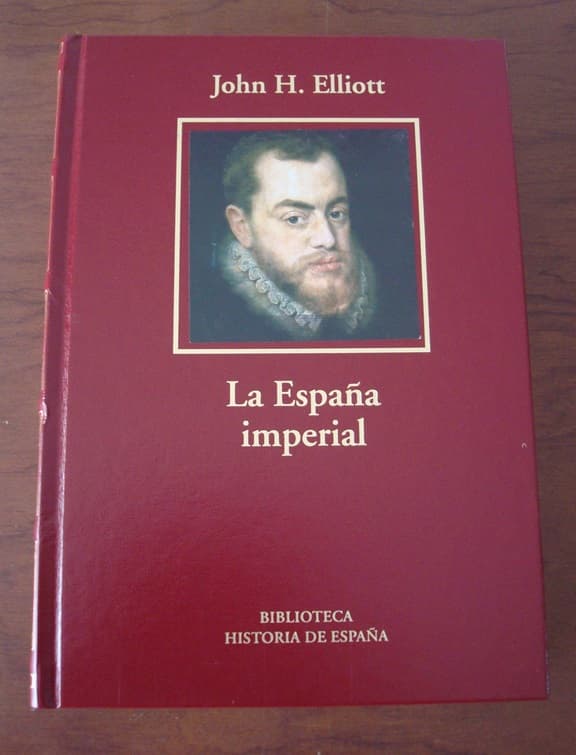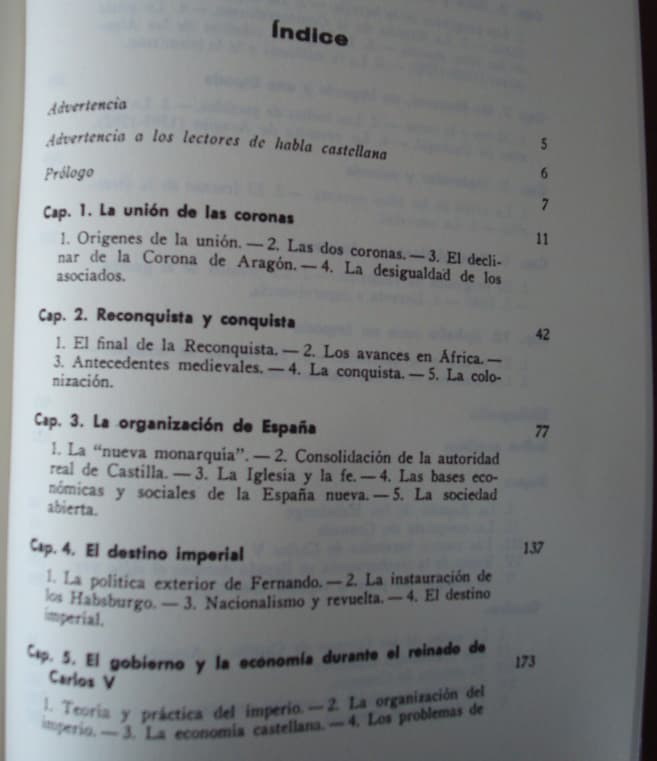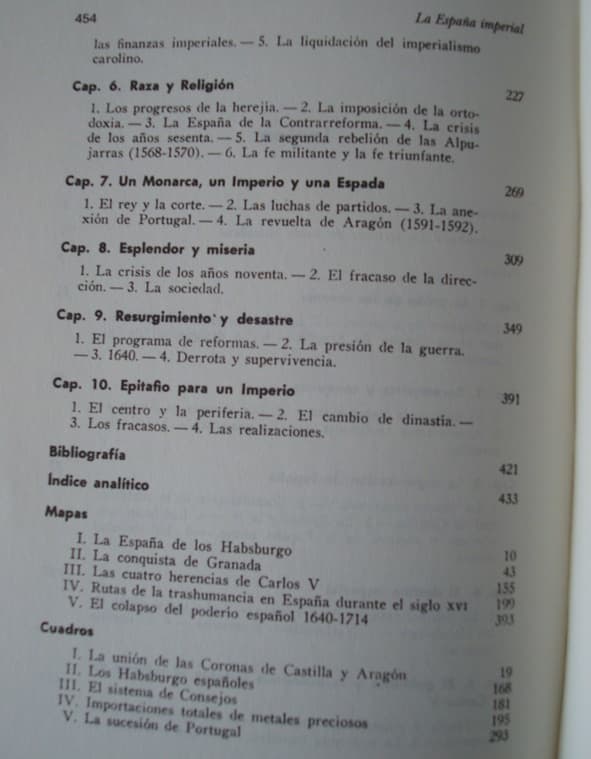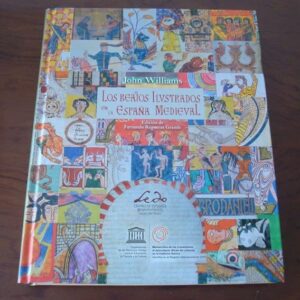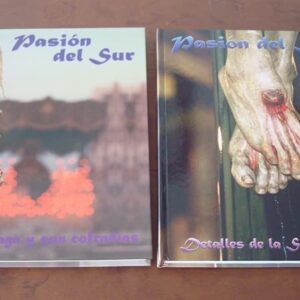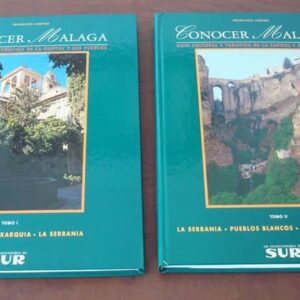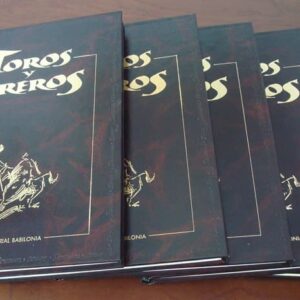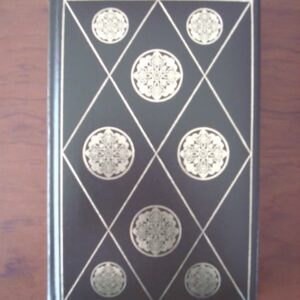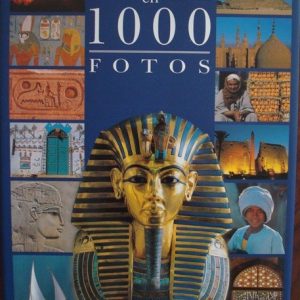Description
Imperial Spain, 1469-1716. Author: John H. Elliott (1930-2022), British historian and Hispanist. 2006 Spanish edition by RBA in its “Biblioteca Historia de España” collection.
Hardcover binding, ribbed and gilt spine, cover with mounted color plate and gilt title, and ribbon guide. 17 x 24 cm. 464 pages with black and white illustrations and plates.
Copy in perfect condition, new, unused.
Shipping costs depend on order and destination. Ask us any questions, indicating the article reference.




